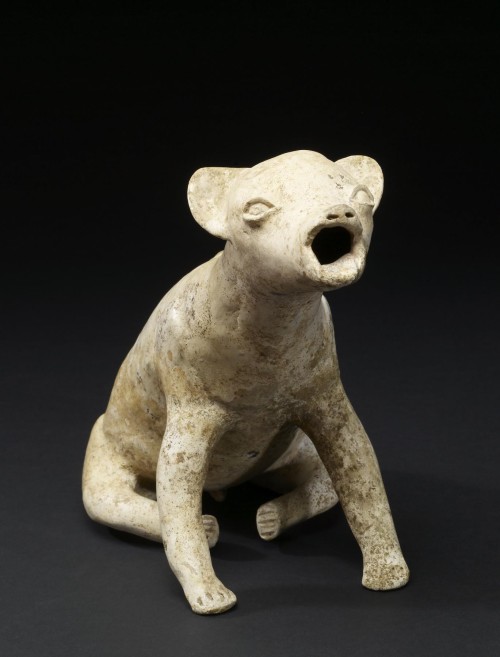...it Is Vital Not To Forget Another Question That Is To Be Asked Both About Morality And About Moral
...it is vital not to forget another question that is to be asked both about morality and about moral philosophy, how far what we say rings true
Bernard Williams “Preface” to Morality. An Introduction to Ethics, 1993.
More Posts from Ilunado and Others
Nada mal...






Cuando de proteger la biodiversidad se trata, cualquier otro valor debe quedar subordinado a los resultados provisionales de la investigación inteligente y cooperativa, a la valoración en caso de conflicto, a la revisión y al consecuente reacomodo del sistema de valores característico de una racionalidad práctica y crítica. Tras el último siglo de serios destrozos en la biosfera, quizá no quepa aspirar a otra cosa que a ser mejores predecesores y evitar que las generaciones futuras nos reprochen que la cortedad de nuestros intereses y de nuestras lealtades haya sido más fuerte que nuestra obligación de cuidar la biodiversidad y procurar su continuidad. Un ambiente con facebook, twitter y skype, pero sin ranas, sin manatíes o sin monos araña es decididamente un ambiente de valor menguante.
Esteban, J. Miguel (2013), Naturaleza y Conducta Humana. Conceptos, valores y prácticas para la educación ambiental. Ed. Palibrio: Bloomington.
Emotion is a motion, action, process, and a destination
Ander Monson Letter to a future lover
Los perros de Colima

Howling Dog Effigy, Jalisco, 300 BC-AD 200.
Why were dogs so significant to the Mexica?
Dogs were associated with the god of death, Xolotl, among the Mexicas of the highlands of Mexico. Both a dog and Xolotl were thought to lead the soul to the underworld. The skinny body and white hue of the shown dog represented above may have underworld connotations, connecting it to this belief. Xolotl was also associated by the Mexica with the planet Venus as the evening star, and was portrayed with a canine head.
The dog’s special relationship with humans is highlighted by a number of Colima dog effigies wearing humanoid masks. This curious effigy type has been interpreted as a shamanic transformation image or as a reference to the modern Huichol myth of the origin of the first wife, who was transformed from a dog into a human. However, recent scholarship suggests a new explanation of these sculptures as the depiction of the animal’s tonalli, its inner essence, which is made manifest by being given human form via the mask.
The use of the human face to make reference to an object’s or animal’s inner spirit is found in the artworks of many ancient cultures of the Americas, from the Inuit of Alaska and northern Canada to peoples in Argentina and Chile. (Walters)
On the subject of the significance of dogs, and dog effigies wearing humanoid masks, check out this post from a while back of ‘examples of dogs represented in ancient Mexican art.’ The final artefact here is from Colima, and shows a dog wearing a human mask.
Courtesy of & currently located at the Walters Art Museum, Baltimore, USA, via their online collections, 2009.20.148.
POEMAS de Ileana Garma
Read More
LOOK AT THE DOG!
— me every time there is a dog regardless of the situation (via guy)

Piña + Maga
La UNESCO lidera este Día, pero destaca que no es su propietaria. Pertenece a cualquiera a quien le interese el pensamiento.
Por ese motivo, el Día Mundial de la Filosofía debe suponer un ejercicio de pensamiento libre, razonado e informado sobre los mayores desafíos de nuestro tiempo.
-
 nomadspiritbysylvia-blog liked this · 8 years ago
nomadspiritbysylvia-blog liked this · 8 years ago -
 sikomoro liked this · 8 years ago
sikomoro liked this · 8 years ago -
 ilunado reblogged this · 9 years ago
ilunado reblogged this · 9 years ago
